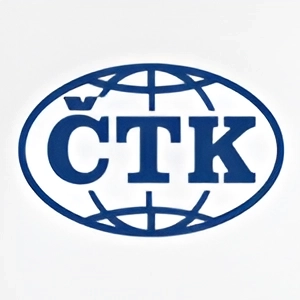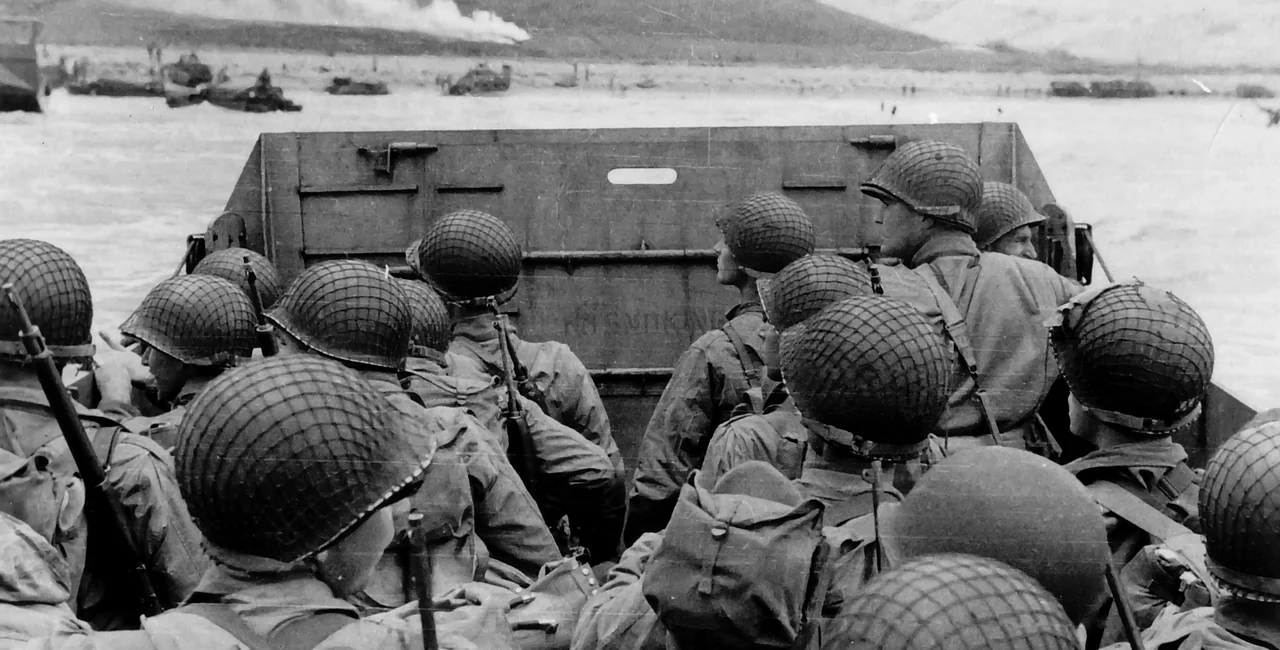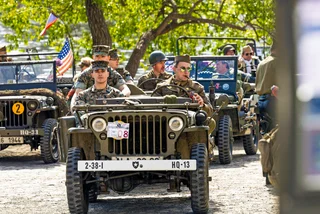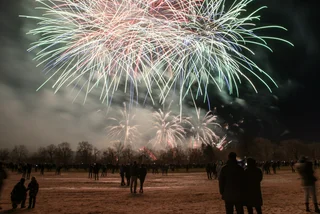As the world marks the 80th anniversary of the historic D-Day landings today, a group from the Czech Republic made the journey to Normandy to pay tribute to the Allied forces that liberated Europe from Nazi occupation.
Thirty-five vintage U.S. military vehicles and a delegation of around 100 people from three military history clubs in Plzeň, West Bohemia, set out to attend the June 6 commemorations at Utah Beach earlier this week. The contingent included Plzeň’s deputy mayor, Lucie Kantorova, who will lay flowers at the site to honor the sacrifices made by Allied soldiers, including those from the U.S. Army’s 90th Infantry Division that went on to liberate the Czech city.
The Czech delegation will also use the occasion to promote the next edition of Plzeň’s Freedom Festival, scheduled for May 2-6, 2025. President Petr Pavel will attend the D-Day ceremonies, joining world leaders including U.S. President Joe Biden, British King Charles III, and Ukrainian President Volodymyr Zelenskyy.
VylodÄ›nà spojeneckých vojsk v Normandii pÅ™ed 80 lety bylo zásadnÃm okamžikem druhé svÄ›tové války, který pÅ™ispÄ›l k porážce nacismu. Jen těžko si můžeme pÅ™edstavit, co prožÃvali a jakou odvahu museli mÃt vÅ¡ichni, kteřà toho chladného Äervnového rána nastupovali do lodà na britském… pic.twitter.com/GkuXqtAway
— Petr Pavel (@prezidentpavel) June 6, 2024
In total, some 25 prime ministers and presidents, as well as an estimated 1 million visitors, are expected to descend on Normandy for the 80th anniversary. French authorities have mobilized 43,000 police officers, gendarmes and soldiers to provide security for the events.
Did Czechs play a role?
French President Emmanuel Macron specifically mentioned he Czechoslovak soldiers who participated in the Allied invasion in 1944 during his speech at the American cemetery above Omaha Beach today. Macron stated, "France will never forget the sacrifices of the Allied soldiers who came to liberate a country mostly unknown to them.”
For freedom.
— Emmanuel Macron (@EmmanuelMacron) June 6, 2024
Eternal gratitude to our Allies. pic.twitter.com/MReXM8y8iv
According to a tribute published on Czech media server iDnes, Czechs and Slovaks played a vital role on D-Day, the fateful day of June 6, 1944. Three Czechoslovak RAF fighter squadrons, the 310th, 312th, 313th, and 311th Czechoslovak Bomber Squadron RAF, participated in or assisted with the Normandy landings.
The fighter squadrons, commanded by Major General Tomáš Vybíral, were crucial in providing air cover for the disembarking units. Colonel Jiří “George" Kafka, a radio operator and gunner aboard a B-24 Liberator bomber was patrolling the Bay of Biscay on D-Day. Kafka, who will attend the celebrations, is one of the last living Czech pilots.
The largest invasion fleet ever assembled, comprising warships, amphibious craft, auxiliaries, and landing craft, was ready to begin the liberation of Europe. Nazi Germany faced the forces of the U.S., UK, Canada, France, Poland, Australia, Belgium, New Zealand, Netherlands, Norway, and Czechoslovakia.
Czech and Slovak soldiers were also on the ground, fighting alongside British and American forces. Captain Pravoslav Kubišta of the 9th Reconnaissance Regiment of the Royal Artillery was the first Czechoslovak soldier to land on Sword Beach and later took part in heavy fighting at Caen, Le Havre, and Calais.
Jan Fořt, a member of the 101st Airborne Division of the U.S. Army, and Ladislav “Laddie” Tlapa, a member of the 505th Airborne Regiment of the U.S. Army, were among the Czechoslovak soldiers who made the ultimate sacrifice on June 6, 1944.
The Czech hedgehog, an anti-tank obstacle made of metal beams, was a Czechoslovak innovation used extensively during WWII. It was crucial in urban combat and defense, notably by the Soviet Union and Germany’s Atlantic Wall near Calais. The hedgehog’s effectiveness in blocking tanks made it a symbol of defense during the war, particularly in the Soviet Union.

During the invasion of Normandy, the Allies cut up sizable numbers of intact and wrecked hedgehogs and welded them to the front of their M4 Sherman and M5 Stuart tanks. Known as Rhino tanks, these proved very useful for clearing the hedgerows that made up the bocages across Normandy.
General S. Patton would liberate Plzeň
The D-Day landings marked a pivotal moment in the liberation of Western Europe from Nazi Germany. In a single day, over 156,000 Allied troops stormed the beaches of Normandy, sustaining heavy casualties but ultimately breaking the German hold on France. It’s estimated that at least 10,000 Allied soldiers and 4,000-9,000 German troops were killed on that fateful day.
The battles for Normandy lasted until Aug. 25, 1944. General George S. Patton, commanded the 3rd American Army, which would go on to liberate the west and southwest of Bohemia.
“By laying flowers as part of the main commemoration on Utah Beach, Plzeň will pay tribute to the soldiers, some of whom went on to liberate Europe, as well as the members of the U.S. Army’s 90th Infantry Division who came to Plzeň,” Mayor Kantorova said.













 Reading time: 3 minutes
Reading time: 3 minutes 

























